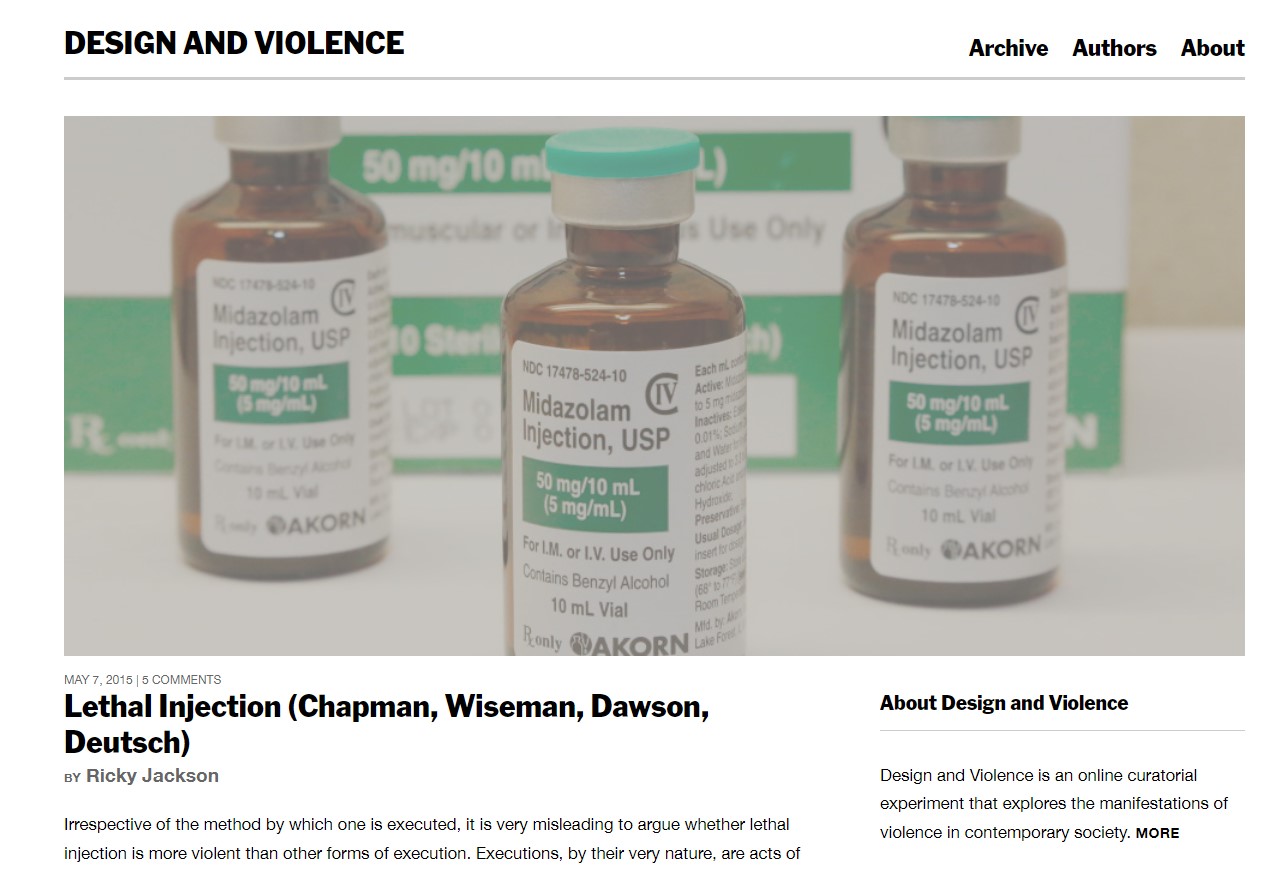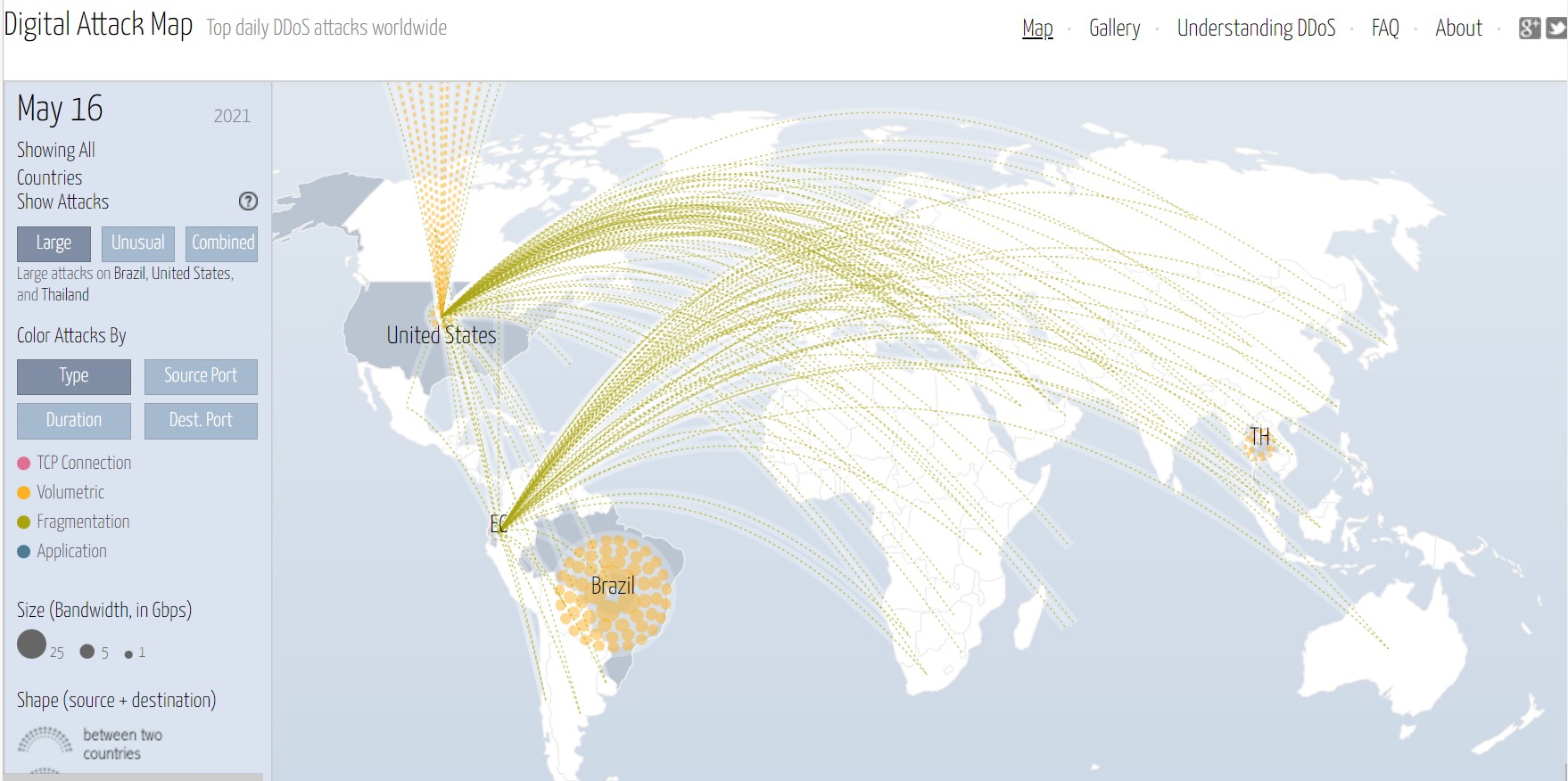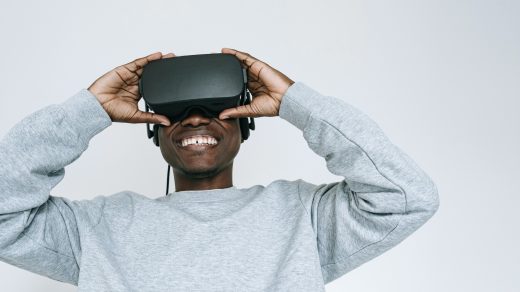Museum exhibitions have a function of an indicator that shows the socio-political state of the period. By displaying what kind of framework they have at the moment, museums narrate how they see the topic, directly and indirectly reflecting on the zeitgeist of the time. Therefore, It is important to pay attention to the narrative of exhibitions and curatorial projects, as well as to the objects and artwork which are displayed in the museum.
Here, Design and Violence, the online curatorial project, comes in as a good example.

Design and Violence, online curatorial experiment: What is it about?
It is an online curatorial project in an archival format, which examines the relationship between design and violence. With the question of how design is involved in the manifestation of power to alter circumstances, they hope to spark the discussion around the selected topics and designs.
Under the 7 categories, which are Hack, Constrain, Stun, Penetrate, Manipulate, Intimidate, and Explode, they select a case study and invite experts from different fields to react to the selected design. The design objects are varied from physical objects, such as plastic handcuffs, to digital formats, such as a Digital Attack Map. As I already mentioned earlier, the platform Design and Violence opens up the space for discussion around the selected topic, and it stimulates readers to think about it.
Archiving the design products shows the wide range of violence from online to physical. Violence in physical places usually remains something physical as evidence that we can trace back, but often when it comes to digital, the form of violence becomes less obvious, therefore it becomes harder to define violence as violence.
In this essay, with this project, Design and Violence, I want to introduce how violence is unfolded in online space, and how I see this new form of curatorship involving digital format.
Violence in digital space
In order to understand how violence is unfolded in digital space, I wanted to introduce a design product archived by the Design and Violence project.
Digital Attack Map, made by the google team, archives DDOs Attack happening online digital media.
| Wait, what is a DDoS attack? DDoS is the abbreviation of Distributed Denial of Service Attack, which means attacking an internet network to make it unavailable to certain targeted users with its fake traffic. Often this attack results in governmental, corporation, and individual financial and/or information losses. |
This map is designed in an attempt to understand the attack pattern, and possibly in order to prevent future attacks. What is interesting here is that Google uses the word ‘Warfare’ to describe the DDoS attack. This shows the damage the DDoS attack cause is actually huge as a physical war.
By rendering this invisible online attack visible, the map reader can understand this attack geographically and it makes this digital attack more similar to somehow more tangible and physical war.

How we experience the internet is something as smooth and frictionless. However, it can only happen only because there is so much mediation and subjugation of digital violence behind the normal user’s screen. Here, what this project offers is to show this invisible mediation and subjugation.
What does this online curatorial format do?
Firstly, very importantly, I should mention this online curatorial project was formed in 2015 which is way before covid. Given the fact that different forms of online exhibitions began to be explored in earnest during the pandemic, this curatorial project, Design and Violence, should be seen as an initial attempt of translating the exhibition into online space.
Online display projects could be taking many different forms, and often these forms are not embedded in the existing white cube model.
From the perspective of visitors, online exhibitions and real exhibitions are different, even though the goal of these two different exhibitions will be the same: which is modulation of the encounter between objects, subjects, topics, and viewers
Exhibition in real life offers space where you can be physically there, even to a certain extent of distancing from real life. Like, when you go into the room, physically you are separated from the other worlds. Here, the physical exhibition has a limited spatiotemporality, which is not necessarily a bad thing. However, the online format doesn’t have this limitation, no matter where you are and what time it is you can access and look around the exhibition.
Also at the same time, since the online exhibition is on the internet with other tons of different contents, an online exhibition becomes part of the overloaded information flood. Therefore, it is hard to distinguish curatorial projects or online exhibitions from other online content, or even find the exhibition among other different content. This fact results in low accessibility of an online exhibition. That is to say, it is relatively hard to know what online exhibitions are going on now.
Coming back to this specific curatorial project, Design and Violence, one of the main characteristics of this online exhibition is that it displays a design product in digital format in the digital space. By browsing, you can glimpse different forms of violence happening in the digital space through the digital format.
Our daily digital life is also something important indicating this era. Therefore it has to be recorded, archived, and curated for understanding and diagnosis. Therefore, this platform Design and Violence, although still it has a limit, it offers space for digital life. It becomes a good example of showing the emerging online platform format, as well as a good archive of what our digital life looks like nowadays.




thank you for such an interesting post and case study ! I find the idea of digital museums really generative and useful for accessibility and expanding the spatial aspect of museums. did you find that the curatorial project used traditional museology or did they embrace some digital-specific medium for presenting the content? I’m wondering if we could have a convergence of museums with games, for instance – but maybe it would not be useful for presenting this exhibition and its theme of digital violence ?